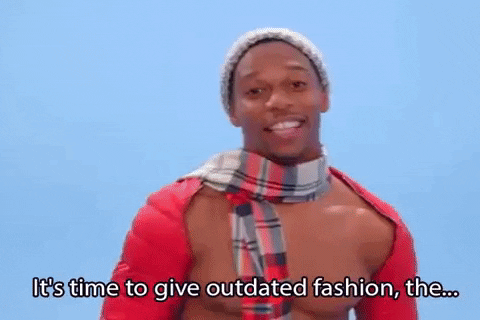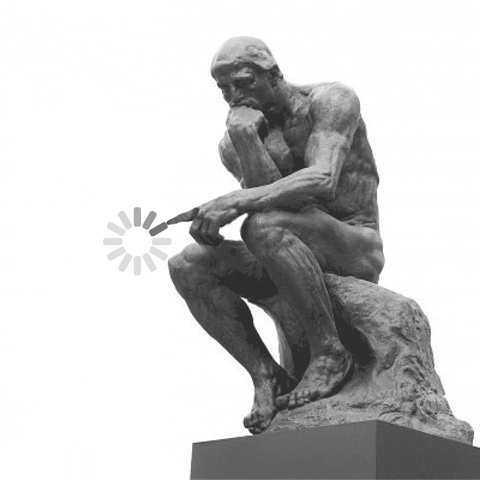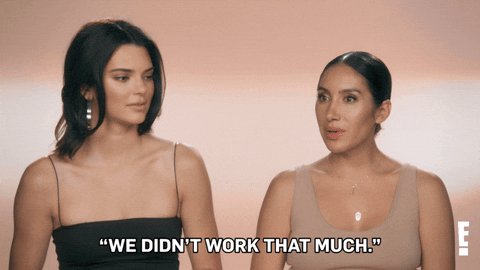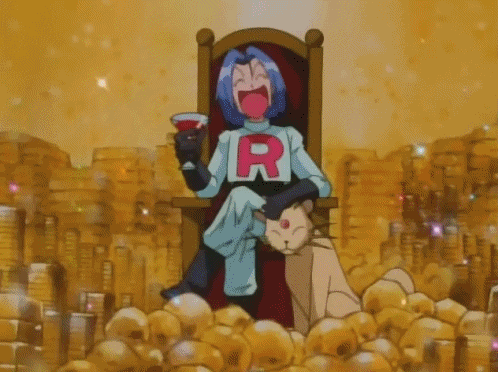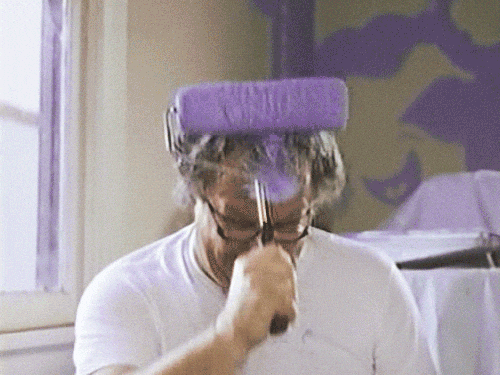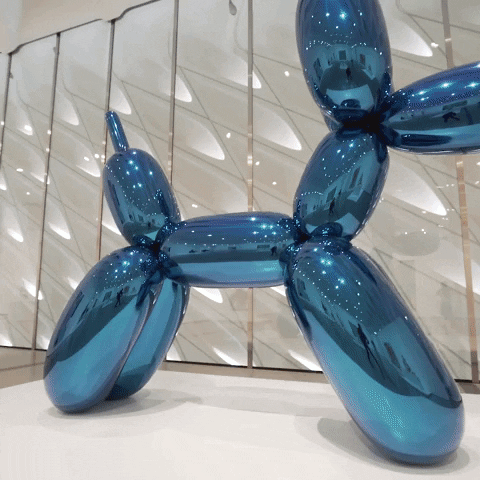If you're an artist trying to build a career today, there’s an unspoken rule you’ve probably felt but can’t quite name: the more seriously you want to be taken, the more invisible you’re expected to be.
Don’t promote yourself too much. Don’t show your face too often. Don’t try to build an audience, a brand, or a business. Because that’s cringey. It’s commercial. It’s selling out.
But why?
We live in a world where nearly every creative industry has embraced the fact that you have to play the game a little to stay in the game.
Musicians don’t apologize for streaming. Writers build entire platforms on Substack. Fashion designers collaborate with Adidas or get swallowed whole by LVMH. Chefs have turned into content creators.
But visual artists? We're still expected to wait. To be discovered. To never seem like we want it too much
Selling work through Instagram? Tacky. Transparent pricing? Undermines the illusion. You’ll hear: “It’s not good for your market.” But let’s be honest - whose market are we talking about?
The Market Has Evolved. The System Hasn’t.
The way art is found, loved, and collected has changed dramatically. We’re in a landscape shaped by Instagram, TikTok, and highly direct relationships between artists and audiences. People find work online, DM artists, and purchase via Venmo. They see a studio visit on TikTok and decide to start collecting.
But galleries, reps, and institutions? Most are still operating like it’s 2007. They’re clinging to outdated structures: exclusive rosters, closed-door policies, 50/50 cuts - while offering less and less in return.
We’re told to wait - and be grateful - for breadcrumbs.
And yet, when artists sell work via Instagram or list prices publicly, it still ruffles feathers. Transparency disrupts the aura. It threatens a system that thrives on ambiguity - one that’s more comfortable selling art as luxury than as culture.
But the truth is, people buy what they understand, and price is part of that. By hiding it, we alienate an entire generation of potential collectors.
Let’s be clear: the system hasn’t kept up with reality.
Galleries position themselves as our brand builders - the ones who validate our careers. And that’s the trick. If we believe we need them, we’ll stay grateful for whatever scraps they throw. This is how gatekeeping survives - by making you feel lucky to be let in at all.
Gratitude is a tool of control when the math doesn’t math.
The traditional gallery model rarely includes things like brand strategy, digital storytelling, or audience development - yet these are exactly the things artists need today. That vacuum? It’s where agents, producers, and creative studios could potentially thrive.
Galleries get comfortable. People get comfortable. And the system rewards that comfort. Artists are expected to keep their heads down and wait. And that’s where the system breaks.
The result? An industry that allows galleries to coast. Even if they believe in you, if your “market” isn’t hot (read: their Rolodex of collectors, which rarely expands), they move on.
Why? Because they can.
Most artists don’t work on assembly lines. We don’t have mass production, studio assistants, or factories. Our output is 1 of 1. Galleries, on the other hand, have dozens of artists to rotate through - so why do more work if they don’t have to?
Could Agencies Be the Next Galleries?
Imagine this: agents representing artists the way they represent actors, writers, or athletes. People with powerful networks who don’t just see the artist as someone who paints or sculpts, but as a brand. A voice. A world-builder.
Because that’s what contemporary artists are. Our names carry weight. Our choices, our tone, our references - they’re all currency.
And when we think beyond the gallery wall, we unlock new audiences, new models, new money.
That doesn’t dilute the work. It expands its reach.
We’re constantly warned about being too seen, as if success is only pure if it comes in whispers. But how does that serve us? And who does it really protect?
What Even Is Selling Out?
Here’s a thought: maybe selling out is just selling well.
Maybe it’s knowing your value and finding the structure to support it - whether that’s a gallery, an agency, a creative studio, or an empire of your own making.
Maybe it’s having a sustainable career that lets you create without chronic stress, without taking four side jobs, without waiting for someone else to say “you’ve made it.”
The myth of the “pure” artist - struggling, starving, waiting - only benefits the institutions that rely on exclusivity to justify inflated pricing and opaque access. Scarcity sells, and keeping artists small makes the whole system feel more elite.
In America, the Artist Is an Afterthought
This isn’t Europe. There aren’t state-sponsored grants around every corner. America doesn’t romanticize or protect artists the way countries like France or Germany do.
Here, we don’t get funding. We get vibes.
The U.S. government treats art like a hobby, not a pillar of society. So if the government won’t fund us, and the galleries won’t evolve with us, we have to ask: why are we still playing by the same rules?
The traditional path is stalled - so why not go straight to the big boys? (aka corporations)
Please see my last article for my thoughts on this.
Jeff Koons did a goofy H&M collab and his work still commands seven-figure sales. Takashi Murakami has a new Uniqlo drop every time you blink and just released his 2nd LV campaign.
Say what you want, but these artists understand where the market lives and how to work with it.
Look at Perrotin (Murakami’s gallery). They’ve leaned into partnerships in a big way. (Not a coincidence a private equity firm bought a majority stake in the gallery a few years ago.)
They’re money-forward, and it works. So why aren’t more galleries following suit?
The Bottom Line?
So if you're still waiting for permission to take up space - here's your hall pass.
It’s not selling out. It’s survival.
Eat, or be eaten BABY







